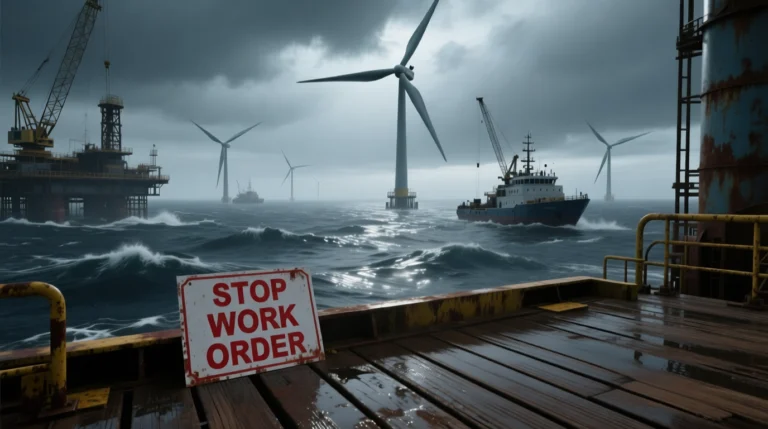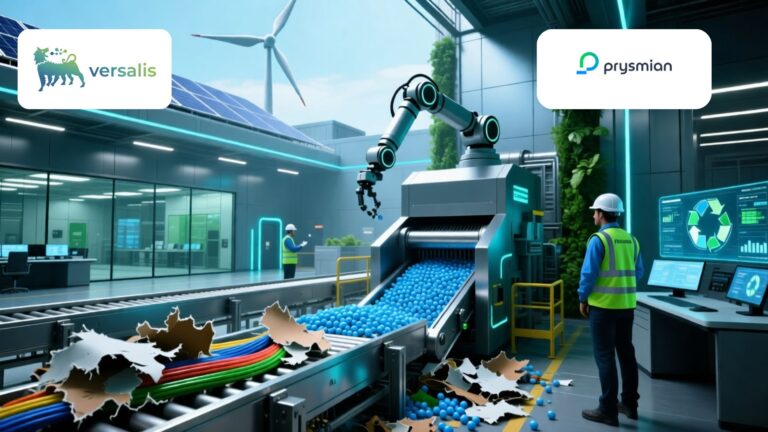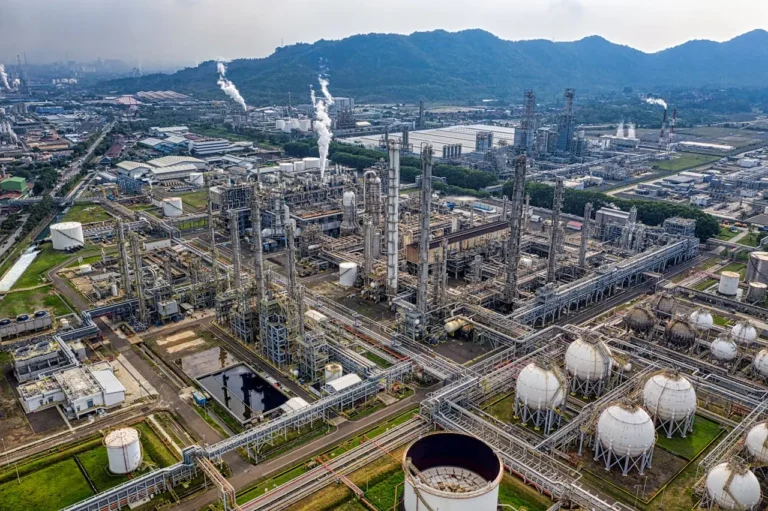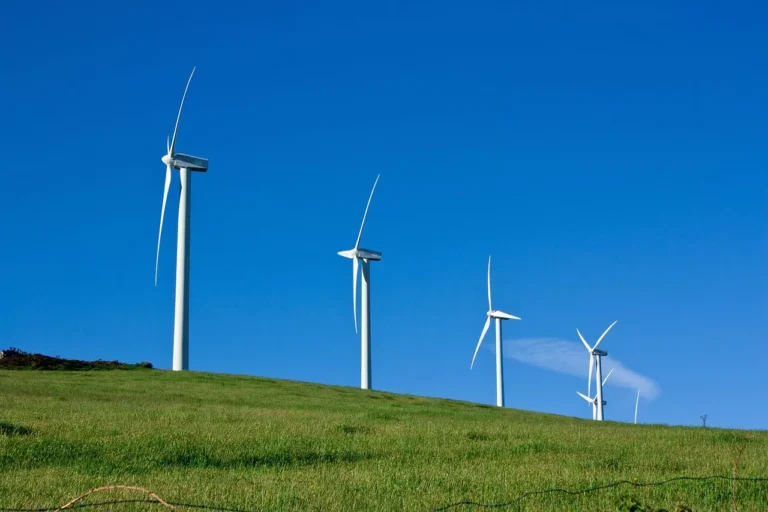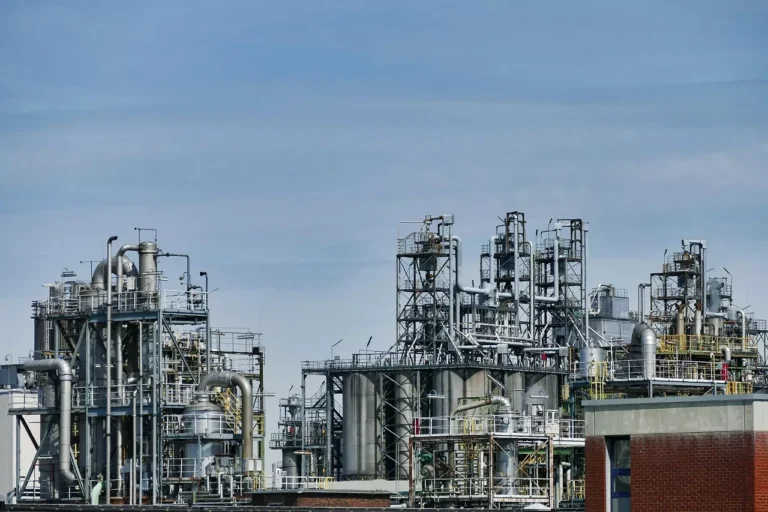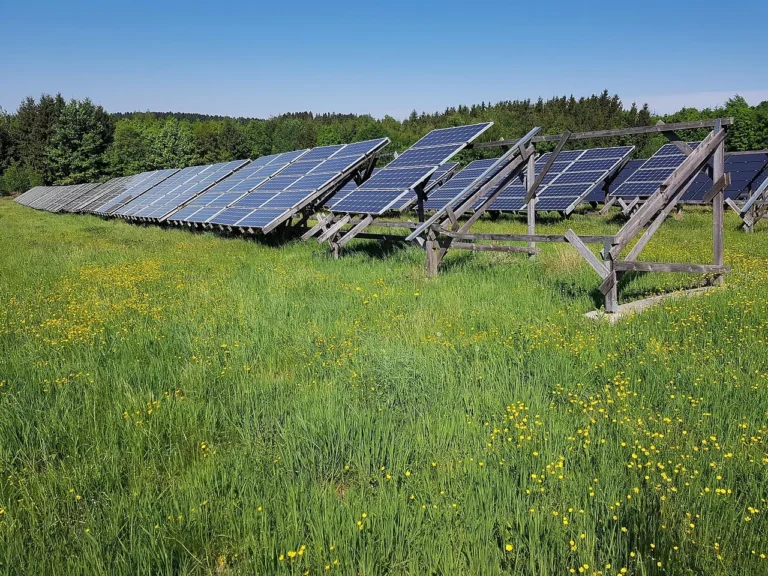
The global industrial gases market is set for rapid growth and transformation between 2025 and 2035. This report delves into emerging trends, key players, technological innovations, and evolving applications that will reshape the industry over the next decade. With sustainability, energy transition, and innovative technology at the forefront, the industrial gases sector is poised to play a pivotal role across industries such as manufacturing, healthcare, hydrogen energy, and carbon capture.
The industrial gases market is an integral part of the global economy, supporting various sectors:
- Manufacturing Support: Industrial gases are essential for improving production efficiency, product quality, and safety in industries like steel, chemicals, and food processing.
- Healthcare: Medical gases, such as oxygen and nitrous oxide, are critical for patient care, surgeries, and life support.
- Environmental Solutions: Gases aid in water treatment, air pollution control, and greenhouse gas reduction.
- Energy Sector: From enhanced oil recovery to the growing hydrogen economy, industrial gases are vital.
The market is expected to grow, driven by:
- Energy Transition: The global shift toward clean energy, particularly hydrogen, is highlighting the importance of industrial gases.
- Sustainability: Companies are focusing on reducing their carbon footprint, increasing demand for gases used in carbon capture technologies.
- Technological Advancements: Innovations in gas production, distribution, and applications are creating new market opportunities.
- Healthcare Expansion: Growth in healthcare infrastructure, especially in emerging markets, is increasing demand for medical gases.
The report also highlights the expanding role of the nuclear industry in gas production, particularly in hydrogen and oxygen generation, using excess energy from nuclear plants. This could offer cost-effective, low-carbon production methods.
Key technological advancements driving the future of the industry include:
- Air Separation: Enhanced cryogenic distillation and non-cryogenic methods are improving efficiency.
- Hydrogen Production: Innovations like high-temperature electrolysis and methane pyrolysis are revolutionizing the hydrogen sector.
- Carbon Capture: Direct air capture and new CO2 applications are gaining momentum.
- Digital Technologies: IoT and predictive maintenance are optimizing gas production and distribution.
The competitive landscape features detailed profiles of over 550 companies, including Air Liquide, Linde, CarbonCapture, and Taiyo Nippon Sanso. The report forecasts market growth by gas type, end-use industry, and region, with projections for emerging applications such as green hydrogen, 3D printing, and biotechnology.





